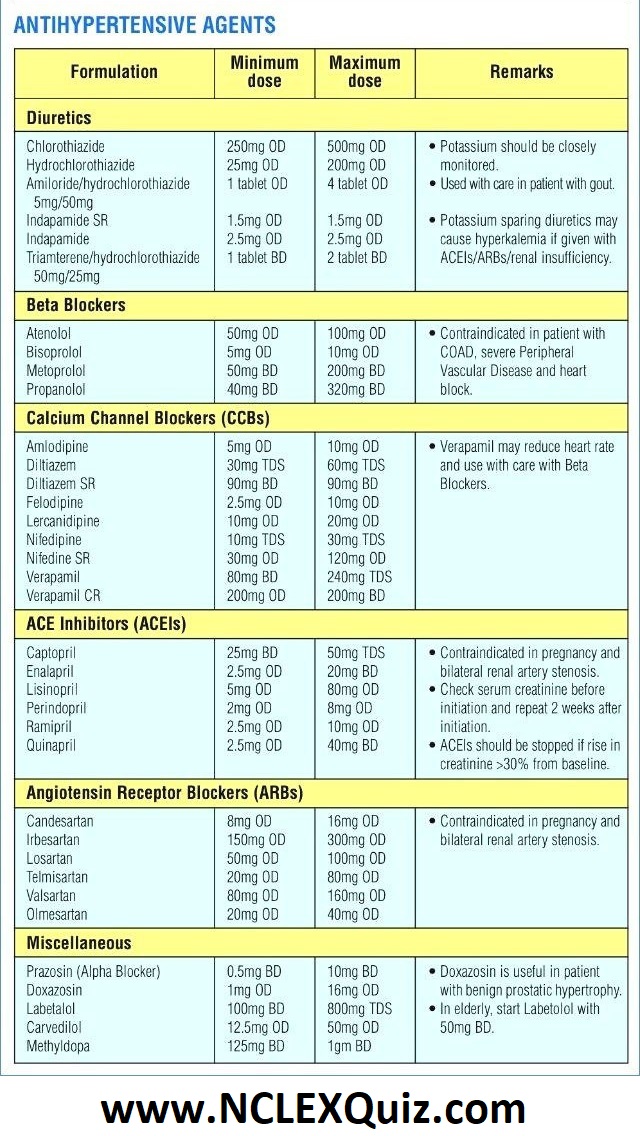

18 Medical, social, and family histories should be reviewed for medical, contextual or environmental, and genetic risk factors. 17 One-third of individuals with ADHD have a comorbid diagnosis. For instance, sleep problems can affect daytime functioning and account for mild ADHD symptoms. The physician should also evaluate for other possible conditions that may mimic or coexist with ADHD 8, 10, 11 ( Table 3 8, 9 ). 16 The physician should ask about the presence and duration of core ADHD symptoms and the degree of functional impairment from the perspective of the patient, family, and school.
:max_bytes(150000):strip_icc()/Adhd-medication-5210476_final_02-a8c934ad963e434d95344a2f88ebb65d.jpg)
COMMON ADD MEDICATIONS MANUAL
The evaluation of ADHD in children and adolescents ( Figure 1 8 – 11 ) includes a history and physical examination, review of information across home and community settings ( Table 1 8, 9 ), and application of the Diagnostic and Statistical Manual of Mental Disorders, 5th ed., (DSM-5) diagnostic criteria ( Table 2). Height, weight, heart rate, blood pressure, symptoms, mood, and treatment adherence should be recorded at follow-up visits. There are fewer supporting studies for atomoxetine, guanfacine, and clonidine, and they are less effective than the psychostimulants. Psychostimulants, such as methylphenidate and dextroamphetamine, are most effective for the treatment of core ADHD symptoms and have generally acceptable adverse effect profiles. Medications are recommended as first-line therapy for older children. Effective behavioral therapies include parent training, classroom management, and peer interventions. Behavioral treatments are recommended for preschool-aged children and may be helpful at older ages. Coexisting conditions (e.g., anxiety, learning, mood, or sleep disorders) should be identified and treated. Physicians who inherit a patient with a previous ADHD diagnosis should review the diagnostic process, and current symptoms and treatment needs. Physicians should evaluate for ADHD in children with behavioral concerns (e.g., inattention, hyperactivity, impulsivity, oppositionality) or poor academic progress using validated assessment tools with observers from several settings (home, school, community) and self-observation, if possible. Attention-deficit/hyperactivity disorder (ADHD) is the most common behavioral disorder in children, and the prevalence is increasing.


 0 kommentar(er)
0 kommentar(er)
